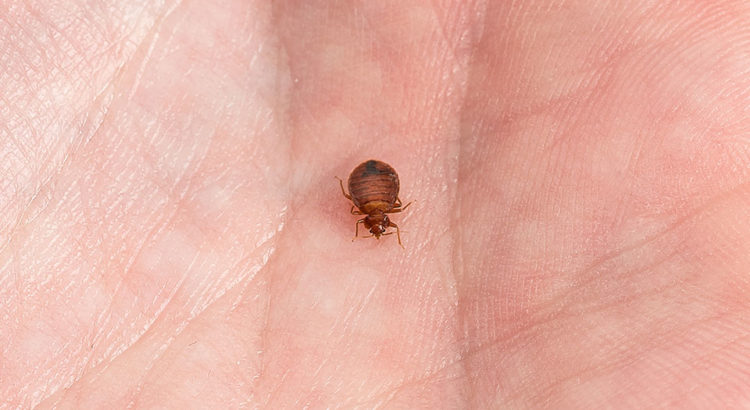For many decades now bed bugs have been a serious nuisance in people’s lives. Home owners, businesses owners and even property owners can attest to the destructive nature of these small creatures. This is one of the reasons as to why there has been a push to perfect the control methods. Thankfully, pest control experts have devised basic best practices for how to deal with them. A few of these methods are stated below.
Hepa Filter Vacuum
In a number of cases, especially when the bed bugs are contained in a single area, something as simple as heap filter vacuum will do the trick. These filters will prevent the pests, their eggs and even the allergens they carry with them from becoming airborne and being spread to other areas. This means that they can be removed by site. The infestation can be completely removed especially with a thorough job. This method is an amazing solution especially for those who do not like the use of chemicals.
Laundering and Encasements
If the bed bugs have already made it onto clothes and curtains, the infestation is probably at its peak. While removing the entire colony might require the work of a professional, there are simple measures that can be done to keep them at bay. These include washing and drying laundry at the highest heat possible.
The high-heat will kill all bed bugs and their eggs. After cleaning the linen, encasements are highly advisable in order to effectively avoid re-infestation.
Steam and Thermal Treatment
Heat kills bed bugs. But it may not be enough since there is always the possibility of re-infestation. This is the reason as to why many pest control specialists are turning to heat and steam treatment, a method that is both effective and easy. By raising the temperature to the right degree of approximately 135 degrees for at least 90 minutes all bed bugs will effectively meet their death. This method is natural and it is highly effective at completely eradicating them.
Chemical Treatment
When other methods have failed, then this is the way to go. There are various chemical brands well known for effective bed bug control. These products are tested and are fully approved for use around humans. If the infestation is out of hand, then chemical treatment might be the only remaining option.
Visual Inspections
While this might not be the most effective method, it goes a long way in helping identify how thorough the infestation is. This will also help identify the most suitable method of dealing with the pests. It will also educate a business owner or even a building on how extensive the problem may be.
Lastly, either of these methods are effective ways of exterminating these pests. All that is required is to find the method best suited for the level of infestation being faced.
Bed Bugs Solution :- https://www.pestprothermal.com/
